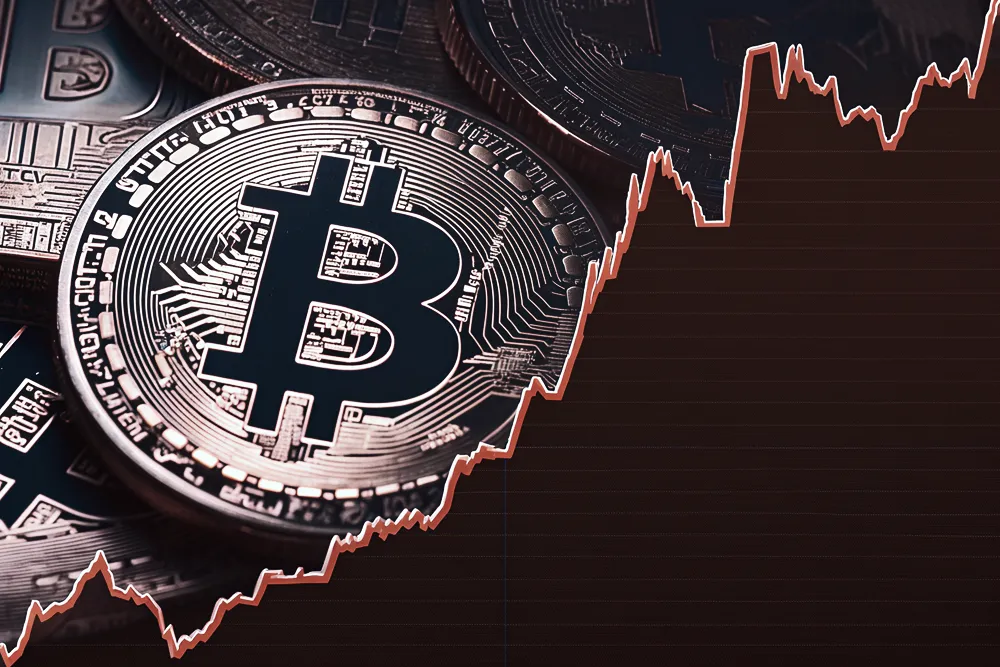Recently, the price of the decentralized perpetual contract protocol ASTER's token has seen an astonishing increase, which not only has drawn attention to the decentralized finance (DeFi) sector but also revealed a clear market trend—projects within the "Binance ecosystem" are becoming the focus of capital pursuit. A close observation of the market shows that, in addition to ASTER, a series of altcoins closely related to Binance, such as AVNT, 0G, and HEMI, have also experienced significant surges. This is not a coincidence; it reflects concentrated speculation in the market regarding the potential listing on the Binance exchange and a consensus on the strong empowering capabilities of this ecosystem. This article will comprehensively analyze the deep logic behind ASTER's rise and use it to gain insight into the collective movements and future trends of "Binance-related" projects.

1. Core Data Overview
- Since its launch, the ASTER token has shocked the entire crypto market with its price performance. It skyrocketed from an issuance price of $0.02 to a peak of $2, an increase of up to 9900%. As of September 24, 2025, ASTER's market capitalization briefly surpassed $3.5 billion, with daily protocol revenue reaching $7.04 million, setting a historical record and surpassing many competitors (such as Hyperliquid).

As of September 22, ASTER's total value locked (TVL) reached $1.164 billion. In just 24 hours, its trading volume exceeded $55.2 million, demonstrating a huge market demand for the ASTER token.
Below is a concise table summarizing ASTER's recent remarkable market data:
Time
Indicator
Data
Issuance Date
2025/09/17
-
Current Price
Approximately $2.09
Up 9900% from issuance price
Daily Protocol Revenue
$7.04 million
Set a historical record, second only to Tether and Circle
Total Value Locked (TVL)
$1.164 billion
Surpassing many DEX competitors
Daily Trading Volume
$55.2 million
Consistently among the top in DEX trading volume
Data Source: Defillama, ResearchGate, compiled by AICoin
These figures not only reflect the high interest of market participants in ASTER but also demonstrate the platform's profound influence in the decentralized perpetual contract field.
2. Key Events and Driving Factors
Social Media and KOL Effect. On September 18, Binance founder Changpeng Zhao (CZ) publicly praised ASTER's multi-chain design and hidden order feature on social media, with numerous KOLs promoting it, directly driving a surge in market attention. Binance accelerated the APX token 1:1 swap plan for ASTER (originally scheduled for October 1, moved to September 19) and launched it on the Binance Alpha platform on the same day, further enhancing liquidity injection.
Whale Activity and Capital Flow. Whale addresses accumulated 1.8 million ASTER tokens (worth about $2 million) and increased their positions through Aave lending; well-known trader CookerFlips made over $5 million in profit within three days. On September 22, there was a significant outflow of funds, with a net sell-off of $10.29 million, indicating short-term profit-taking pressure. The recent explosive growth of the ASTER token is attributed to CZ's public endorsement, Binance ecosystem resources, and its "trade to earn" product innovation, which rapidly increased trading volume and total value locked (TVL), directly challenging industry leader Hyperliquid. However, over 95% of the tokens are highly concentrated in a few addresses, raising market concerns about potential manipulation and whale sell-offs. Additionally, the uncertainty of the regulatory environment exacerbates risks, with warnings from the founder of OKX regarding compliance issues with decentralized perpetual contracts adding to the concerns. Despite ASTER's advantages in multi-chain connectivity and innovative models, its ability to overcome selling pressure after airdrop unlocks, continuously attract real users, and optimize product experience will determine whether it can prove long-term value in a highly competitive and increasingly stringent regulatory environment, ultimately solidifying its position.
Product Differentiation and Competitive Positioning. As a multi-chain decentralized perpetual contract exchange, ASTER supports networks such as BNB Chain, Ethereum, and Solana, offering up to 1001x leverage and U.S. stock perpetual contracts. The hidden order feature addresses the pain point of front-running trades and integrates with DeFi protocols like Pendle and Venus, allowing users to earn yields through collateral.
3. Ecosystem Development and Future Challenges
Token Economic Model and Community Governance. ASTER's token economic model emphasizes community-driven initiatives, with 53.5% of the total supply of 8 billion tokens allocated for community rewards, while the team's share is only 5% and locked up, aiming to establish broad consensus. Its core mechanism involves repurchasing tokens through platform fees to create deflationary pressure; simultaneously, stakers not only gain governance voting rights but also enjoy trading fee discounts, incentivizing users to participate long-term and co-build the ecosystem, transforming short-term enthusiasm into long-term stickiness.
Competitive Landscape with Hyperliquid. As a challenger, ASTER is directly impacting the dominance of decentralized perpetual contract leader Hyperliquid. It is rapidly capturing market share due to support from the Binance ecosystem and multi-chain layout, leading to a significant decline in Hyperliquid's share. The risks for both parties differ: Hyperliquid faces impending selling pressure from token unlocks, while ASTER must contend with a substantial drop in its total value locked from its peak and potential selling pressure from community airdrop tokens, marking a critical phase in competition.
Long-term Roadmap. ASTER's long-term development relies on the realization of its technical roadmap, with the core focus on building a dedicated Layer 1 blockchain based on zkRollup technology—Aster Chain.
Analysis Dimension
ASTER
Hyperliquid (HYPE)
Core Strategy
Community-driven, ecosystem expansion
Technology-first, stable performance
Token Economics
High inflation incentivizes community, deflationary repurchase mechanism.
More robust and conservative model, with significant repurchases of HYPE through protocol revenue.
Technical Architecture
Currently multi-chain deployed, plans to launch ZK Rollup's Aster Chain.
Self-built high-performance Layer 1, performance validated.
Market Position
Rapidly rising challenger, with approximately 14.9% share.
Declining leader, currently around 38%, still in the top position.
Main Risks
TVL decline; community token sell pressure; regulatory risks facing product innovation.
Market sell pressure potentially arising from November token unlock.
4. Conclusion: Elevation or Fall?
The recent explosive growth of the ASTER token is attributed to CZ's public endorsement, Binance ecosystem resources, and its "trade to earn" product innovation, which rapidly increased trading volume and total value locked (TVL), directly challenging industry leader Hyperliquid.
However, over 95% of the tokens are highly concentrated in a few addresses, raising market concerns about potential manipulation and whale sell-offs. Additionally, the uncertainty of the regulatory environment exacerbates risks, with warnings from the founder of OKX regarding compliance issues with decentralized perpetual contracts adding to the concerns.
Despite ASTER's advantages in multi-chain connectivity and innovative models, its ability to overcome selling pressure after airdrop unlocks, continuously attract real users, and optimize product experience will determine whether it can prove long-term value in a highly competitive and increasingly stringent regulatory environment, ultimately solidifying its position.
免责声明:本文章仅代表作者个人观点,不代表本平台的立场和观点。本文章仅供信息分享,不构成对任何人的任何投资建议。用户与作者之间的任何争议,与本平台无关。如网页中刊载的文章或图片涉及侵权,请提供相关的权利证明和身份证明发送邮件到support@aicoin.com,本平台相关工作人员将会进行核查。




